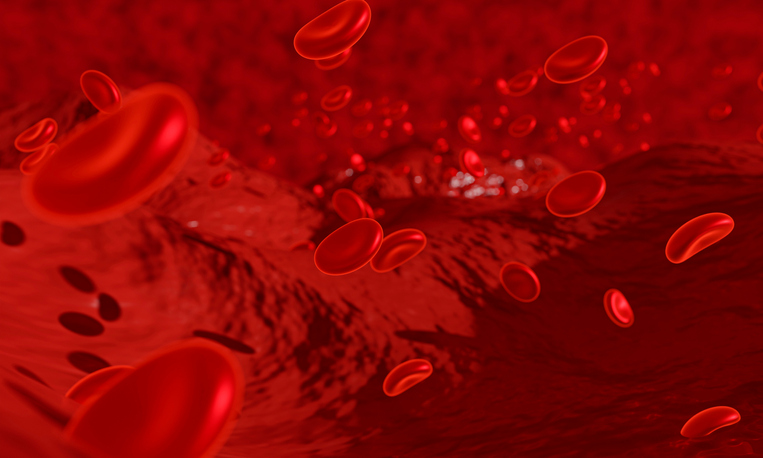Blood
Genetic Cause of Blood Condition Uncovered
Raynaud’s phenomenon is a condition that causes the blood vessels in the extremities to narrow, restricting blood flow. The cause of Raynaud’s phenomenon has not been exactly known and it is possible that some blood disorders may cause Raynaud’s by increasing the blood thickness. Now, researchers at Queen Mary University of London’s Precision Healthcare University Research Institute (PHURI) and the Berlin Institute of Health (BIH) at Charité–Universitätsmedizin Berlin have identified the genetic causes of Raynaud’s phenomenon.
Their findings are published in Nature Communications in an article titled, “ADRA2A and IRX1 are putative risk genes for Raynaud’s phenomenon,” and could lead to the first effective treatments for people with Raynaud’s.
Researchers led by professor Claudia Langenberg and professor Maik Pietzner, working across PHURI and the BIH, carried out the largest genetic study of Raynaud’s phenomenon. The team used electronic health records from the UK Biobank containing genetic and health information from half a million U.K. participants, to identify more than 5,000 people affected by Raynaud’s. The team also used electronic health records from Queen Mary’s Genes & Health study.
They discovered variation in two genes that predisposed participants to Raynaud’s phenomenon: One was the alpha-2A-adrenergic receptor for adrenaline, ADRA2A, a classic stress receptor that causes the small blood vessels to contract.
“This makes sense when it’s cold or dangerous, because the body has to supply the inside of the body with blood,” explained Pietzner, professor of health data modeling at PHURI and group leader at BIH.
“In Raynaud’s patients, this receptor seemed to be particularly active, which could explain the vasospasms, especially in combination with the second gene that we found: This gene is the transcription factor IRX1, which may regulate the ability of blood vessels to dilate.
“If its production is increased, it may activate genes that prevent constricted vessels from relaxing as they would normally do. Together with the overactive adrenaline receptor, this may then lead to the vessels not supplying enough blood for a longer period of time, which leads to the observed white fingers and toes.”
The findings could lead to recommendations for patients to help manage the condition or its symptoms. For example, the researchers showed that people with a genetic predisposition to low blood sugar levels have an increased risk of Raynaud’s phenomenon, suggesting that patients should possibly avoid longer episodes of low blood sugar.

